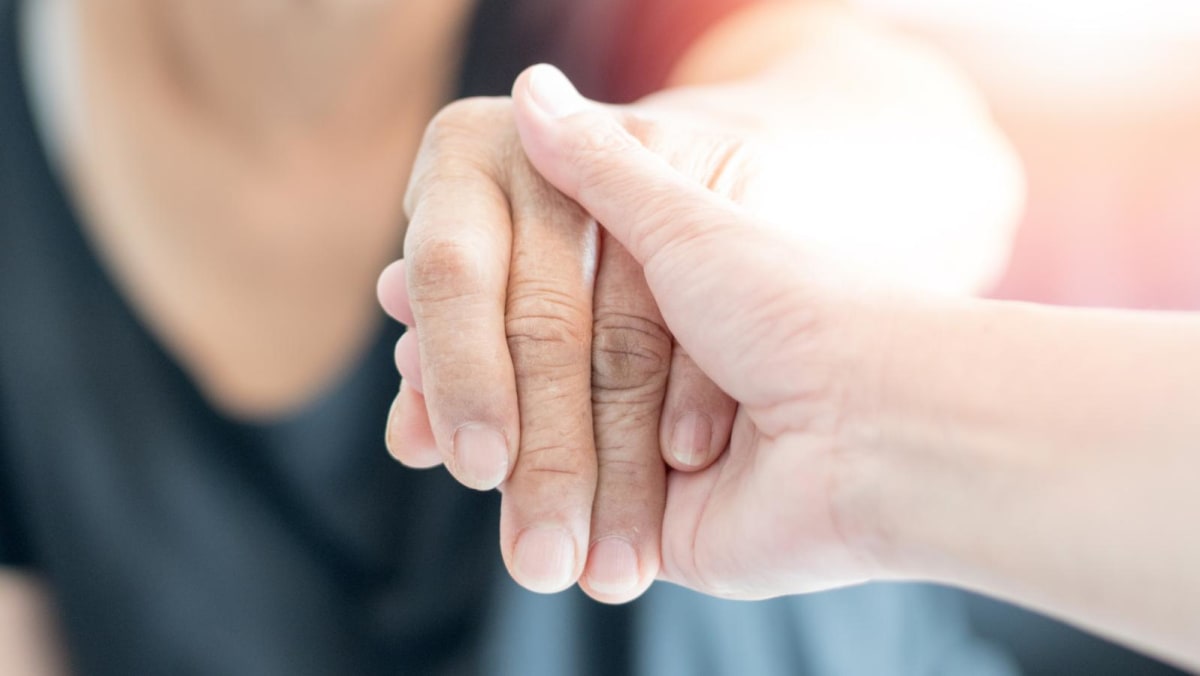HOW DO WE GET INFECTED?
“For an infection to occur, the spores must enter the skin, hair or nails from contaminated surfaces in public areas such as swimming pools, gyms, changing rooms, or from shared personal items like towels or footwear,” said Dr Lim. “Close contact with an infected person may also spread the infection.”
“Less often, the fungi within our body may overgrow, leading to an infection,” she said, referring to individuals with reduced immunity. Taking certain medications such as antibiotics may eliminate the good bacteria and microorganisms in the body and cause the fungi to overgrow, said Dr Lim. “Certain medical conditions such as uncontrolled diabetes can also make a person prone to fungal infections.”
WHY DO FUNGAL INFECTIONS TAKE SO LONG TO TREAT?
Fungal nail infections, for instance, can last many years mainly because of the fungi’s ability to hide in hard-to-reach areas and develop resistance to treatments, said Dr Goh.
And symptoms don’t emerge immediately either. “The incubation period for fungal infections can vary depending on the type of fungi and the area affected,” said Dr Lim.
“Generally, it takes between several days and weeks for fungi to grow and become noticeable on the skin or nails. Some infections, like athlete’s foot, can develop within a week, while nail infections may take several weeks to become apparent,” she said.
Dr Goh added that “in some cases, the fungi may remain dormant before causing symptoms, especially in immunocompromised individuals”. “Factors such as skin moisture, temperature and immune response play a role in how quickly an infection establishes itself.”
Not only that, getting infected again is common, said Adj Assoc Prof Pan. “There is a chance of reinfection from fungal spores left in the environment, or from person-to-person contact”, so it may seem as if your toenail infection, for example, is taking forever to heal.














